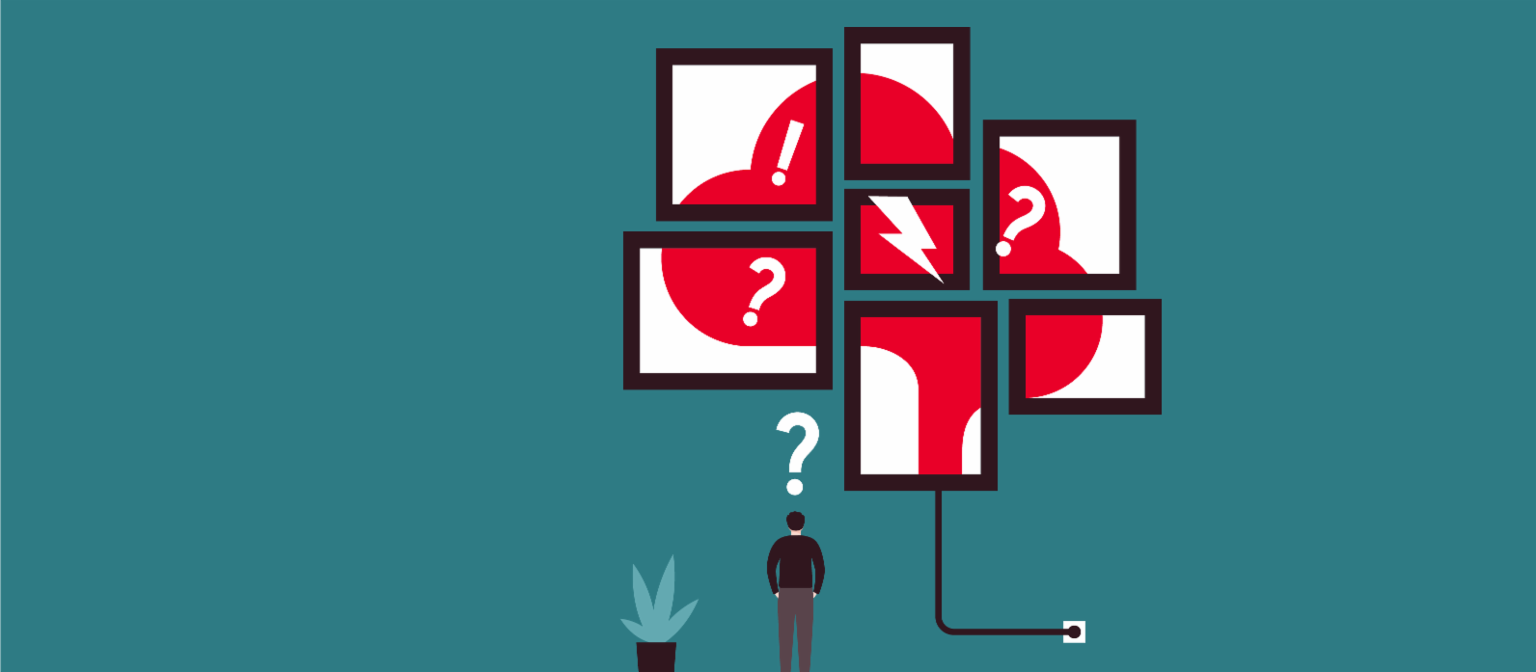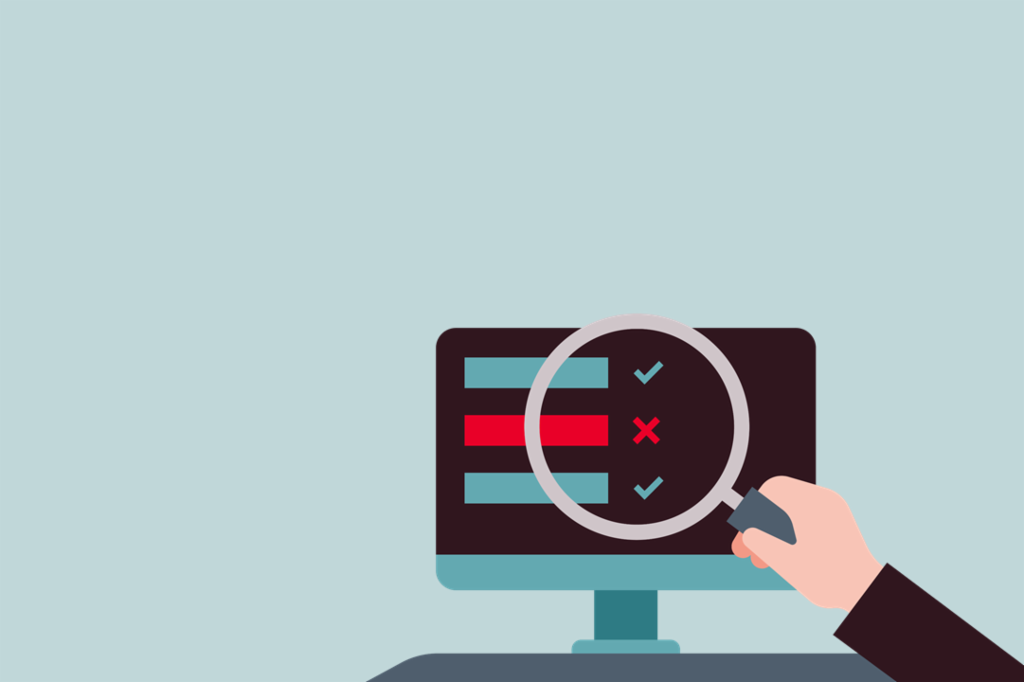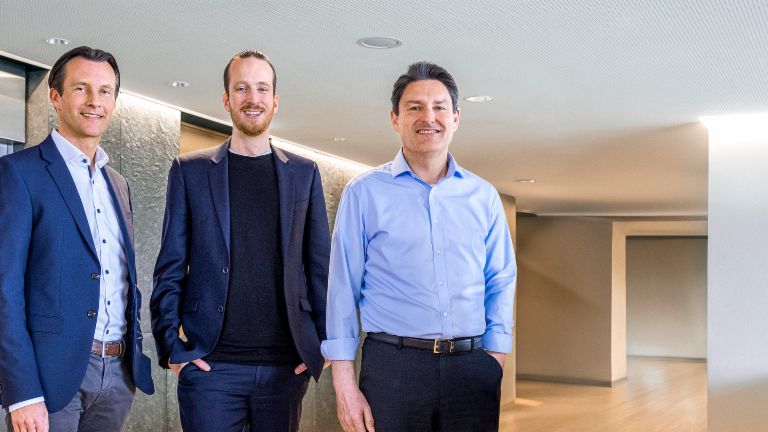- Payment practices have deteriorated substantially since 2019.
- Companies are experiencing liquidity shortfalls due to late payments.
- More and more companies are outsourcing their receivables management to external partners.
- Customers are being offered a growing range of digital payment methods.
For many European companies, everything is at stake: One in five companies is at risk because of customers paying their invoices late or not paying them at all. The EOS Survey “European Payment Practices 2022”, which polled 3,200 financial executives from 16 European countries, shows just how serious the situation is.
In the meantime, one in five customers in Western Europe, and one in four in Eastern Europe, pay late or don’t pay at all. And there is one particular fact that reinforces the significance of these figures. During the same period, companies had changed their payment terms – to the benefit of customers. Across Europe, the average payment term was extended from 33 days in 2019 to 37 days in 2022. But despite these more generous payment terms, defaulting payers still exceeded the payment deadlines by much more than in previous years. On average, they settled their outstanding invoices 23 days after expiry of the payment deadline, the highest level since 2014.
Defaulting customers in financial trouble through no fault of their own.
Here are various reasons for these poor payment practices. Many of those who pay late have financial difficulties of their own. 60 percent of the companies said that the reason their own business customers were not paying is that they themselves were facing payment defaults by their own customers. 43 percent see insolvency as the reason for the liquidity shortfalls. Companies in the B2C segment cite short-term cash flow problems as the main reason for late or outstanding payments. In almost two thirds of cases, the consequences of the pandemic are the reason why money is tight.
For the creditor companies affected, looking into the causes of poor payment practices is of little help. Payment defaults have always been a nuisance, but now they are becoming an existential threat. The survey revealed that more than half of the companies owed money (51 percent) were already battling profit shortfalls, while well above a third (42 percent) now had their own liquidity issues. As a result, just under a third were reducing their investments or increasing the prices of their products and services.

It is concerning that payment practices have deteriorated so much just in the first half of the year. Especially because in light of the current economic figures and high inflation, we have to expect a further decline in payment receipts.
Companies are pessimistic about the future.
This could have serious consequences in the long term, says Marwin. “There’s no need to beat about the bush: Lack of liquidity is one of the main causes of insolvencies and the loss of jobs.” Although at the beginning of 2022, when the pandemic was slowly easing, many business owners were looking positively to the future, the mood has turned since the Russian attack on Ukraine. In the economic survey by the DIHK (Association of German Chambers of Commerce and Industry) in May 2022, one in three companies said that they expected the business outlook to deteriorate in the coming months. “The survey confirms what many economic forecasts are currently saying,” says Marwin. “Due to the war in Ukraine, the European business community is taking a pessimistic view of the future.” Specifically this means that almost one in four companies assumes that payment practices are going to get even worse.
The EU Commission does not expect the situation to improve in the short term. In July 2022 it revised its growth forecast for European GDP by the end of the year to 2.6 percent from the 4 percent it had predicted at the beginning of the year. At the same time, the Commission expects an inflation rate of 7.6 percent in the euro zone for 2022. For more than 20 years, this inflation rate had hovered almost continuously at between zero and three percent.
External receivables management can minimize defaults.
Is there a solution? “Companies should continue to professionalize their receivables management and their dunning processes and look into working with an external partner. Selling receivables can also be a good solution,” says Marwin. “As experts, we find solutions that work for companies and defaulting consumers.”
The success rates of debt collection providers show that with professional help, companies can mitigate the consequences of poor payment practices. Debt collection service providers can achieve payment receipts amounting on average to six percent of a company’s revenue.
Increasingly, European companies are recognizing these benefits. In this context, Eastern Europe is a front runner: There, half of the companies surveyed are already relying on the support of external partners, and the numbers keep going up, says Christina Schulz, Head of Division Management Eastern Europe. “Companies in Eastern Europe are benefiting from our expertise in receivables management and are able to focus on their core business. This not only helps the creditor companies but also benefits the economy as a whole,” says Christina: “Especially in view of the challenging economic figures, debt collection companies offer valuable support to companies and to the economic system, because they restore liquidity.”
From 2019 to 2022, the proportion of European companies working with external service providers to recover outstanding receivables increased from 42 to 46 percent. Many of these companies choose the EOS Group as their business partner: “As specialists in digital receivables management, and thanks to our international expertise in the NPL market, we are one of the leading providers in the sector,” says Marwin. “We offer fair prices and quickly provide companies with liquidity.”

Companies in Eastern Europe are benefiting from our expertise in receivables management. Especially in view of the challenging economic figures, debt collection companies offer valuable support to companies and to the economic system, because they restore liquidity.
Digital payment methods minimize defaults.
Alongside the sale of receivables, there is another trend that could further influence payment practices: Companies are extending the range of payment methods they offer. For example, 52 percent of companies in the B2C segment and 41 percent in the B2B segment are already offering digital payment methods in addition to traditional options like bank transfer and cash. The greatest growth in this area is in Eastern Europe. Compared with 2019, the number of companies in Eastern Europe giving their customers the option of settling their bills with digital payment methods like Apple Pay, Google Pay or PayPal has almost doubled.
One term that keeps coming up in this context is “Buy now, pay later” (BNPL). It is still unclear whether this trend will actually evolve into a relevant payment method. BNPL is still a niche option, with just five percent of all European companies offering this payment method, according to the survey. In addition, inflation and rising interest rates are hurting the business model of the BNPL providers. Nevertheless, four out of ten companies (42 percent) see BNPL as a payment method that has the potential to develop into the counterpart of the credit card. And almost as many (39 percent) declared that offering this payment method was a “must”. One such example is Deutsche Bank, which aims to establish its own BNPL solution. Therefore, on this subject at least, there is a little optimism.
Get in touch for further results.
Photo credits: EOS
Explore more from EOS





